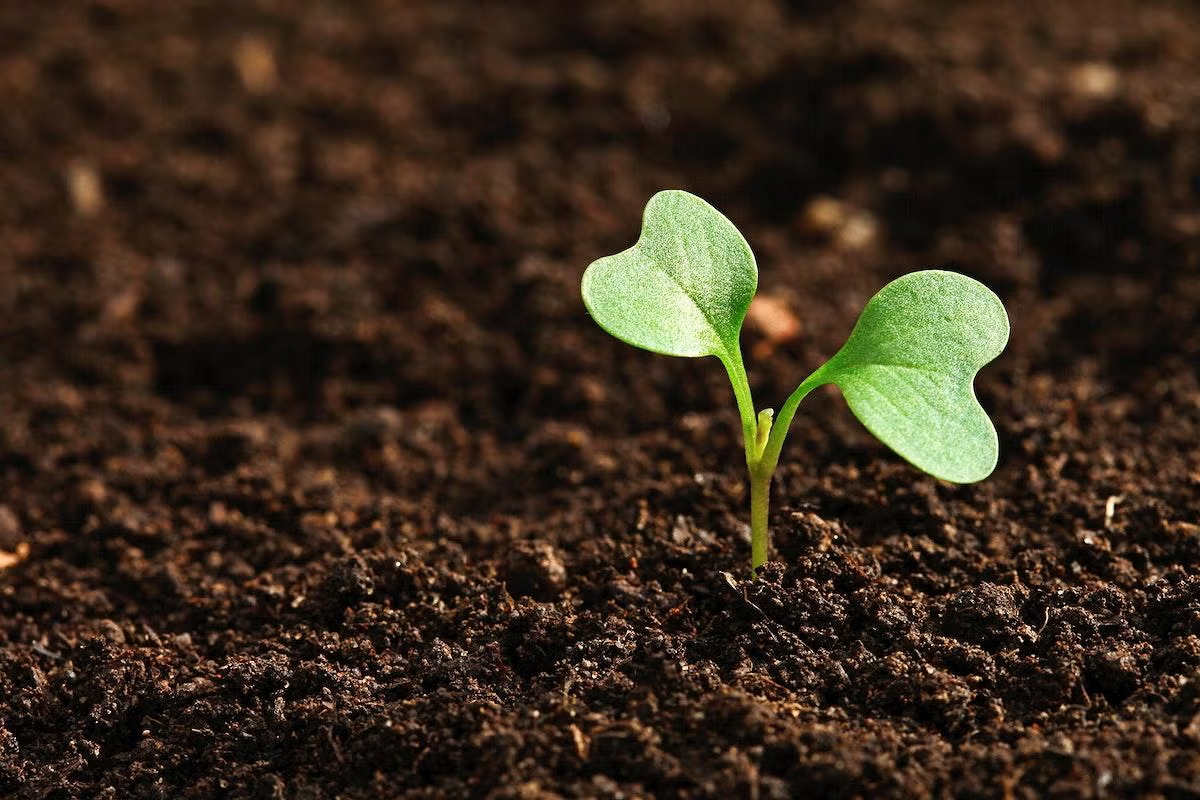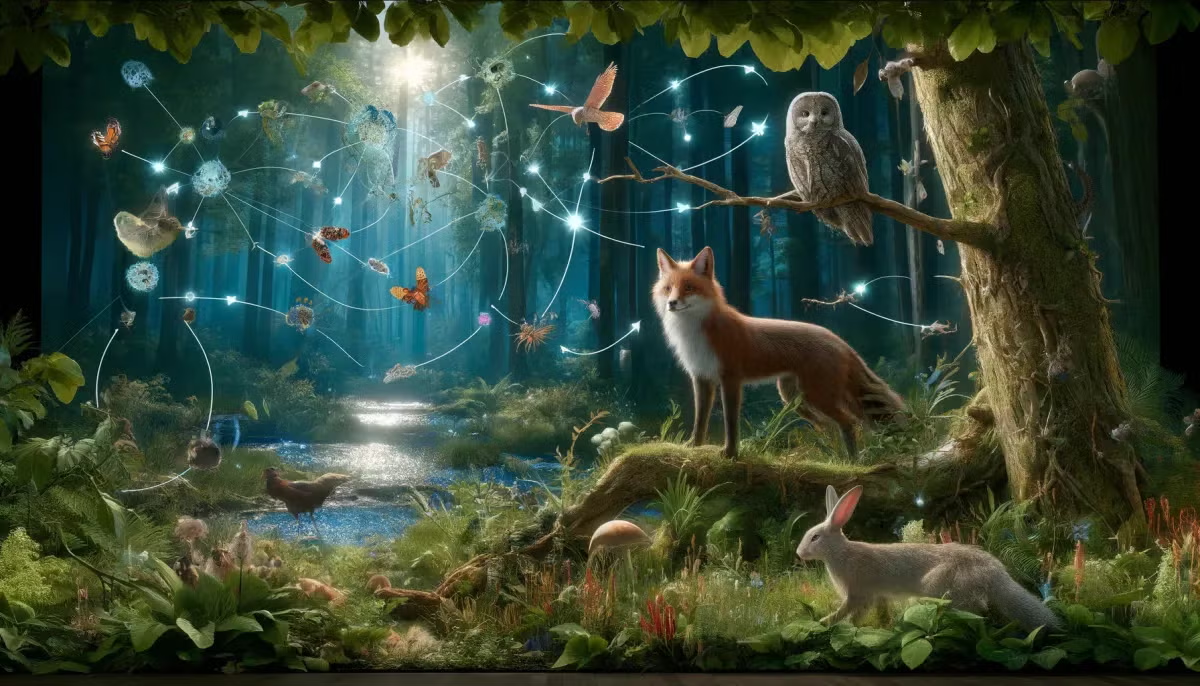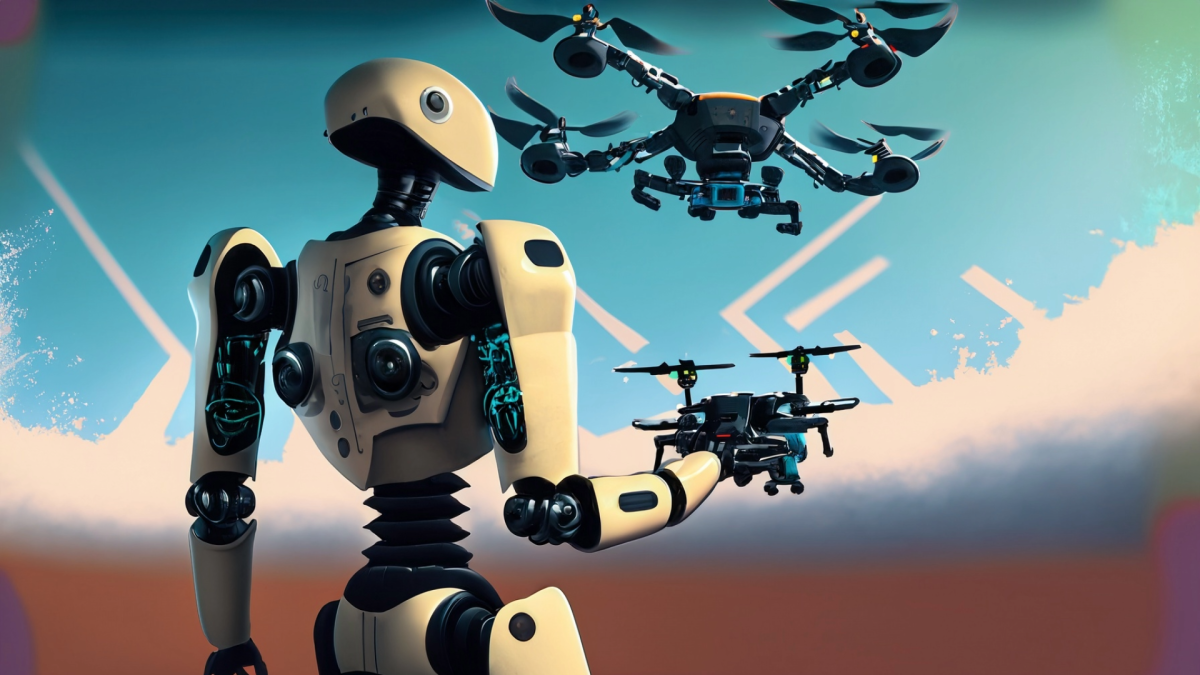This is a multi-day engineering design project. I use this for 2 weeks, a total of ten 50-minute periods. Students will research and design a dog house, creating a 3D model in a web-based computer
Students are introduced to the concept of nanotechnology with a small group research activity about the different industries using nanotechnology.
Students will explore beginning coding thru binary coding and creating a name bracelet.
Students will learn about the light sensor on the Circuit Playground Express and how it can be used as an automatic switch to turn a device on or off. They will learn about the thermometer sensor on
Students will learn and recall about the different parts and components of an Adafruit Circuit Playground Express. Students will be able to program an Adafruit Circuit Playground Express
This lesson is the beginning stages of planning for a greenhouse. Students work to gather data and information about possible locations for the greenhouse by using their perimeter skills.
This lesson gives students a real world opportunity to explore area and the distributive property by designing a dream room. Students are given the total square footage and instructions to design the
This lesson is designed around competition. Competition is a driving force behind natural selection. If something can survive to reproduce, the traits are passed on. Students will be completing
In this lesson students will use their climate zone and plant information to create a model of a garden. They will use a variety of charts and graphs to determine what plants will grow best given the
Students will use the Sphero bots to collect and graph data to make a prediction.
Part one of a four part project exploring the movement of the brain upon impact in everyday activities. This lesson uses Pocketlab Voyager sensors to analyze brain movement in high impact activities
This is the first of 4 lessons where students will propose and configure a school garden using criteria given by the principal. Students will work in groups of 3 to determine configurations. They will
Students will use an understanding of the sun as an energy and heat source to design a device to direct the sun's heat to aid with growing plants. The students will go through the 5 E's and the
Students will be using simple equipment to demonstrate the 3 laws of motion. They will be incorporating technology, math, and the scientific method to demonstrate what they know.
Volcanoes: Studying Viscosity of Lava & Magma and how it relates to The San Francisco Volcanic Field
This lesson allows students to explore why volcanoes are shaped differently and why they erupt differently. Students will investigate viscosity, silica content of igneous rock samples, and perform
Students will explore how gravity plays a role in orbits and the attraction between objects in space, using online simulations. In addition to the online simulations this lesson contains ideas for
The students construct and interpret an HR Diagram to better understand the significance and usefulness of the diagram.
In this lesson, students work with an assigned customer to create a 3D-printed nameplate. Working through the steps of the engineering design process, students use a 3D modeling software, Tinkercad
Involving themes of biology, ecology, and conservation, this engineering lesson introduces students to the behavior of immersed bodies within the realm of fluid mechanics. Utilizing the phenomena of
Involving themes of outdoor recreation, ecology, and physical sciences, this engineering lesson introduces students to the behavior of channel flows within the realm of fluid mechanics. Utilizing the
This is a high-school level hands-on project that allows students to build their own working sundial, make predictions and assess their accuracy. This lesson ties in with the study of Kepler's Laws.
This lesson teaches students how and why it rains. They will have student-to-student interactions and hands-on learning opportunities. They will also be practicing their counting skills during the
This is a hands-on activity where students can visualize, using Skittles as atoms, the concept of balancing chemical reactions. Many students get thrown off by the fact that products often look, smell
Students learn about photochemical reactions which are chemical reactions that require light as activation energy. Students create ball and stick models to recreate sample photochemical reactions
Featured Lesson Plans
Check out these notable lesson plans.

Best Class Plant

Magic Magnets: Flying Butterfly

